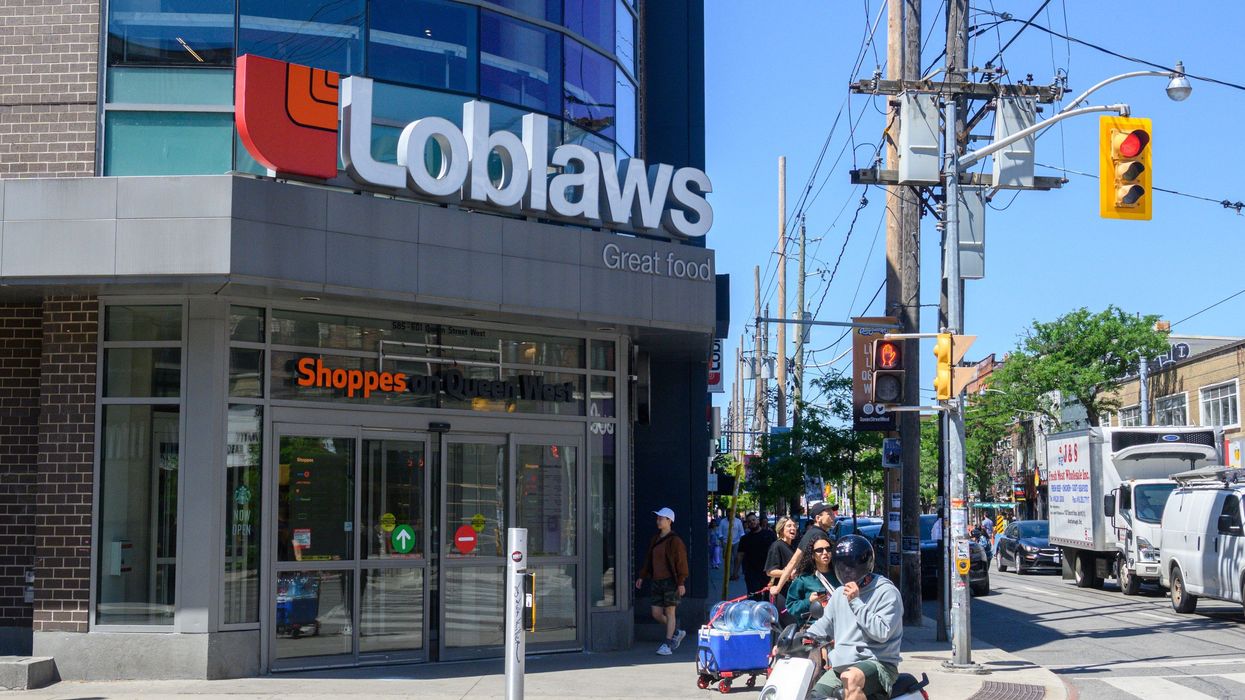Loblaw CEO says tariff-related increases are on the way and here's when prices could go up
Loblaw-owned grocery stores include No Frills, Real Canadian Superstore, and Zehrs.

Loblaws grocery store in Canada.
The CEO of Loblaw has revealed that shoppers should expect to see tariff-related price increases soon.
Here's what you need to know about when prices could go up at grocery stores in Canada and what products could get more expensive.
Perk Bank, the president and CEO of Loblaw Companies Limited, posted an update on LinkedIn about grocery prices on May 14, 2025.
"While the tariff situation might be improving between the U.S. and other countries, that’s not yet the case here in Canada," Bank said.
"We'll be facing a large wave of tariff-related increases in the weeks ahead," he continued.
Loblaw-owned grocery stores — including Loblaws, No Frills, Real Canadian Superstore, Zehrs, Maxi and more — have been able to limit the number of products affected by tariffs to just over 1,000.
"But our inventory is running out," Bank revealed.
Products with prices impacted by U.S. tariffs will "surge" to more than 3,000 in the next few weeks.
"Within the next two months, that number could peak at over 6,000," Bank said.
The CEO noted that stores carry about 80,000 items on average, which means most products won't be impacted by tariff-related price increases.
"Customers will start to see more impacts in non-produce categories like natural foods, pantry staples, health and beauty products, and more," Bank said.
He revealed that Canadians are shifting their shopping habits, like choosing President's Choice orange juice made with oranges from Brazil rather than name-brand Tropicana sourced from the U.S.
"Needless to say, this situation continues to evolve. We'll continue to do our best to help customers make informed decisions," Bank said.
The CEO also said that Loblaw Companies Limited will look to source more Canadian and non-U.S.-produced products whenever possible.
Back in March, it was announced that Loblaw-owned grocery stores would be adding a tariff symbol to the price tags of products impacted by U.S. tariffs.
This was introduced to help customers make informed shopping decisions about products sourced from the U.S. and affected by tariffs.
